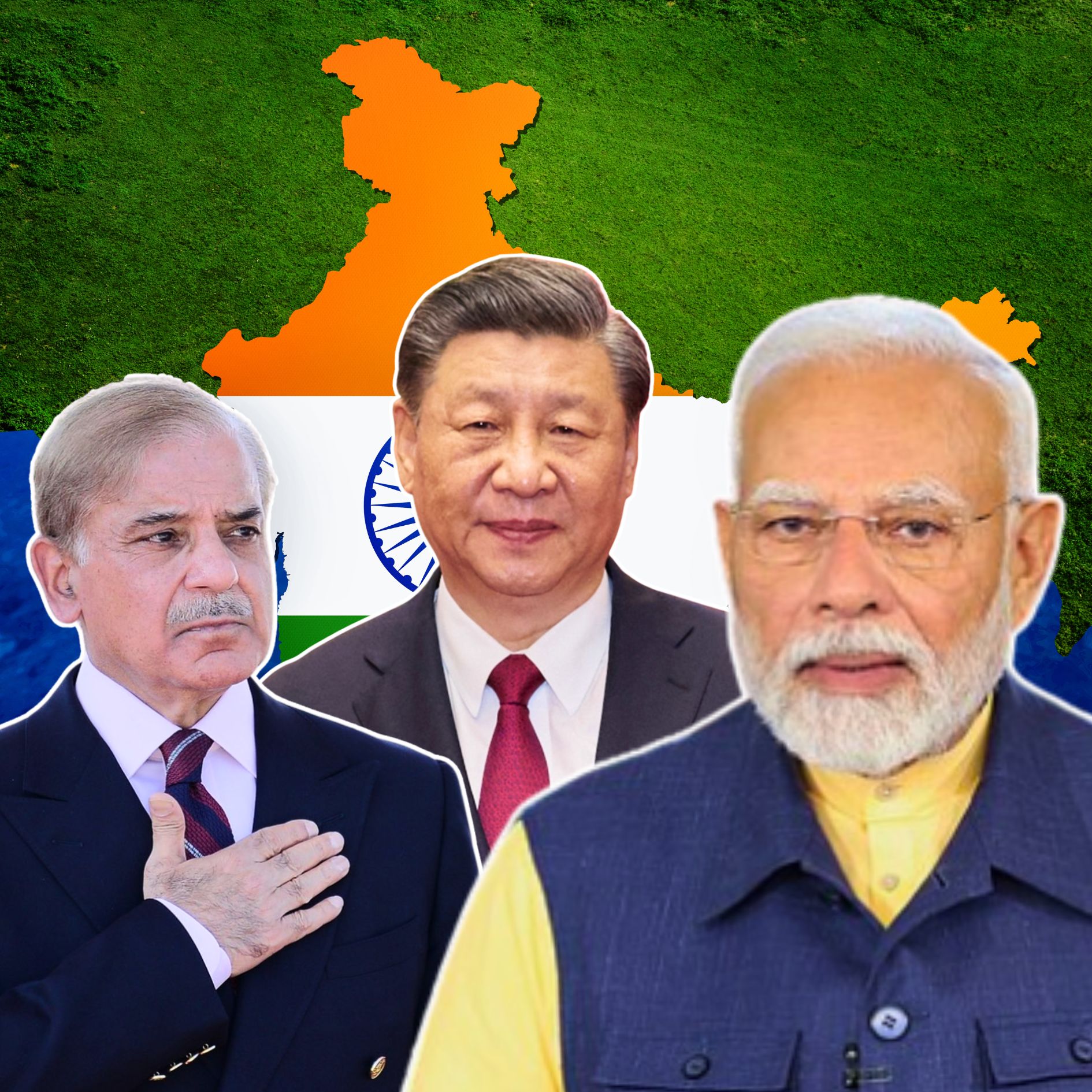A recent report from the US-China Economic and Security Review Commission reveals that China used the brief India-Pakistan conflict in May 2025, known as Operation Sindoor, as a live testing ground to demonstrate and refine its latest military hardware.
According to the report, this was the first combat deployment for several Chinese weapons, including the HQ-9 air defence system, PL-15 air-to-air missiles, and J-10 fighter jets.
Additionally, China offered to sell advanced military equipment such as J-35 fifth-generation fighter jets and ballistic missile defence systems to Pakistan shortly after the conflict.
Operation Sindoor
Operation Sindoor was India’s military response to a terrorist attack carried out in Pahalgam in April 2025, which resulted in 26 civilian deaths. Launched in early May, it involved precision missile and air strikes targeting terrorist camps in Pakistan-occupied Kashmir and Pakistan itself.
The four-day conflict witnessed aggressive military exchanges but was conducted with strategic restraint by India, focusing specifically on terror-related targets. Pakistan retaliated with drone and missile attacks on Indian military bases and civilian infrastructure, escalating the confrontation temporarily before both sides agreed to a ceasefire.
Chinese Military Hardware Testing
The US congressional panel’s report highlights that China took advantage of the military escalation between India and Pakistan to perform real-time battlefield testing of its cutting-edge weaponry.
The Chinese HK-9 air defence missile systems, PL-15 air-to-air missiles, and J-10 fighter aircraft were deployed in actual combat for the first time. This live testing allowed China to gather data, demonstrate the weapons’ reach and sophistication, and bolster its military export credentials.
The report underscores the geopolitical motive behind this, linking the tests to China’s ongoing border tensions with India and its ambitions to expand its defence industry.
The Logical Indian’s Perspective
This revelation sheds light on the complexities of regional conflicts and how they are often intertwined with global strategic manoeuvers. While the India-Pakistan conflict highlighted the resilience and precision of Indian forces, it also exposed how external powers may exploit such conflicts to advance their interests.
The Logical Indian advocates for sustained efforts in peaceful dialogue and mutual respect while encouraging vigilance against the militarisation of the region.












